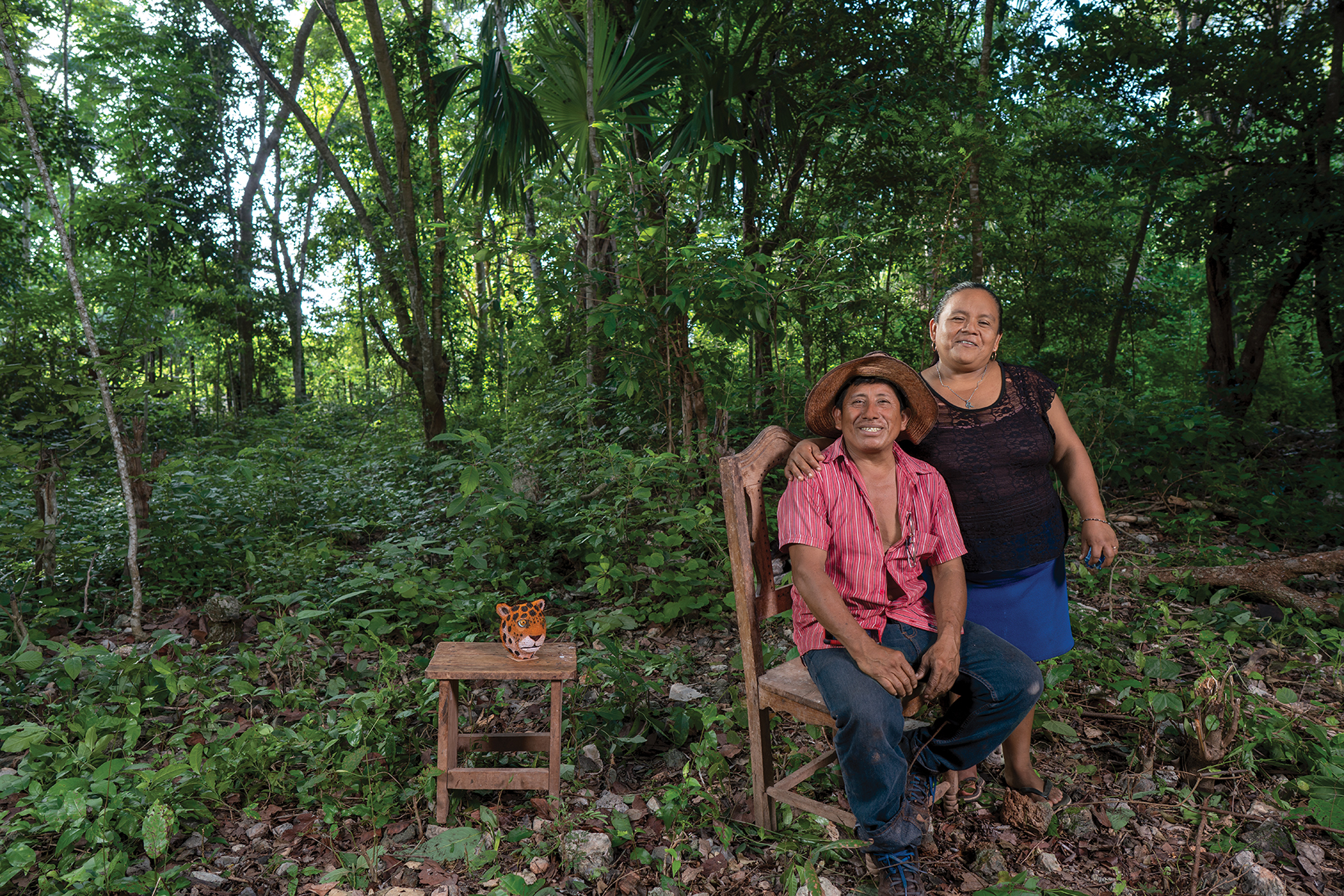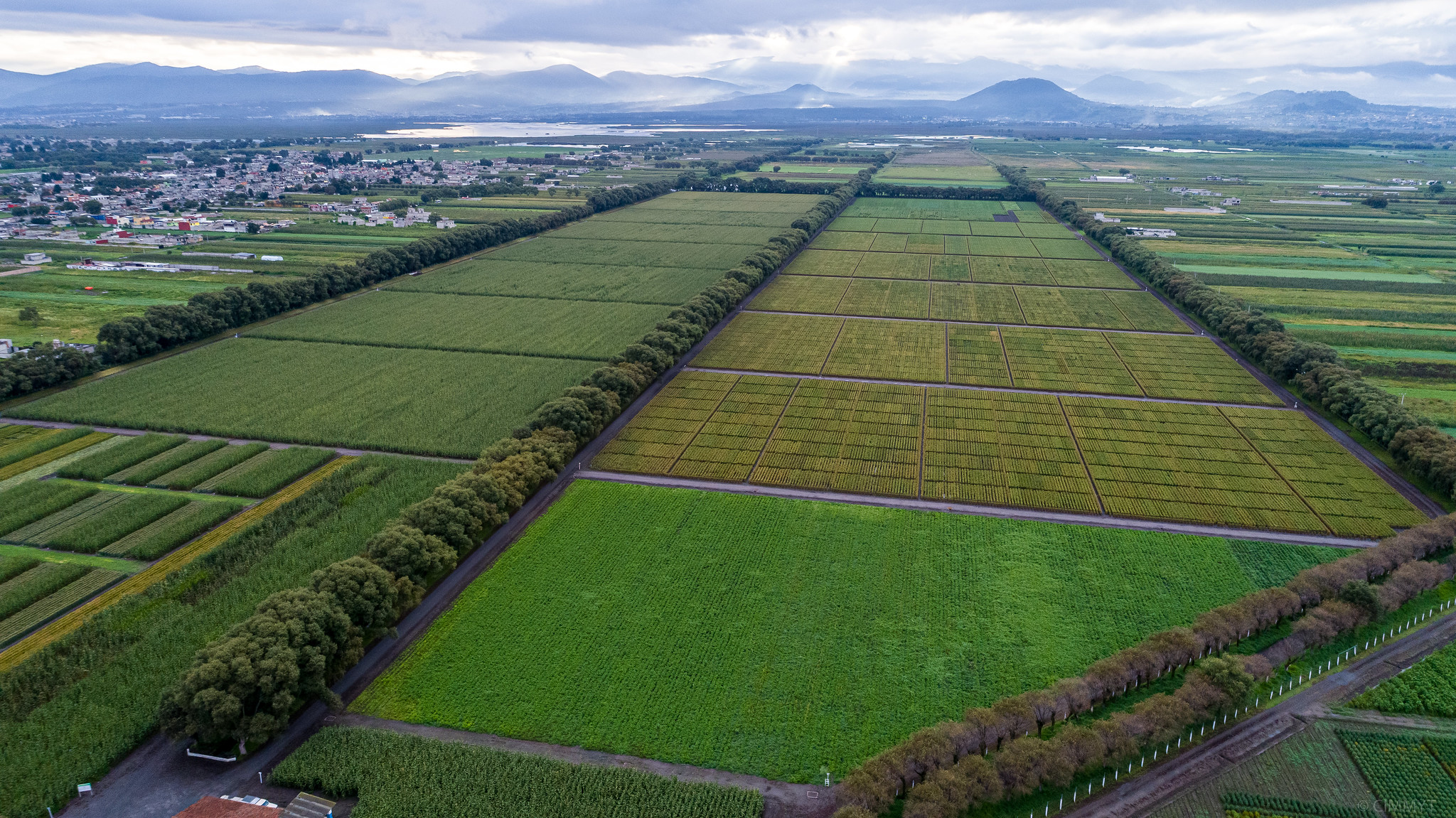Small-scale farmers in Mexico often adopt conservation agriculture innovations gradually and piecemeal, to fit their diverse agroecological and socioeconomic contexts and risk appetites, according to studies and the on-farm experience of CIMMYT.
Research and extension efforts need to consider this in work with smallholders, said Santiago Lopez-Ridaura, a CIMMYT specialist in agricultural systems and climate change adaptation.
“Farmer practices typically involve heavy tillage before seeding, growing maize as a monocrop, and removing crop residues after harvest for use as forage,” explained Lopez-Ridaura. “Full-on conservation agriculture (CA) is a radical shift, requiring farmers to reduce or eliminate tillage, keep a permanent cover of crop residues on the soil, and diversify the crops they grow. It can support more intense yet environmentally friendly farming, reducing erosion, improving soil fertility and water filtration, boosting crop yields, and saving farmers money. However, it also requires purchasing or contracting specialized sowing implements and fencing fields or agreeing with neighbors to keep livestock from eating all the residues, to name just a few changes.”
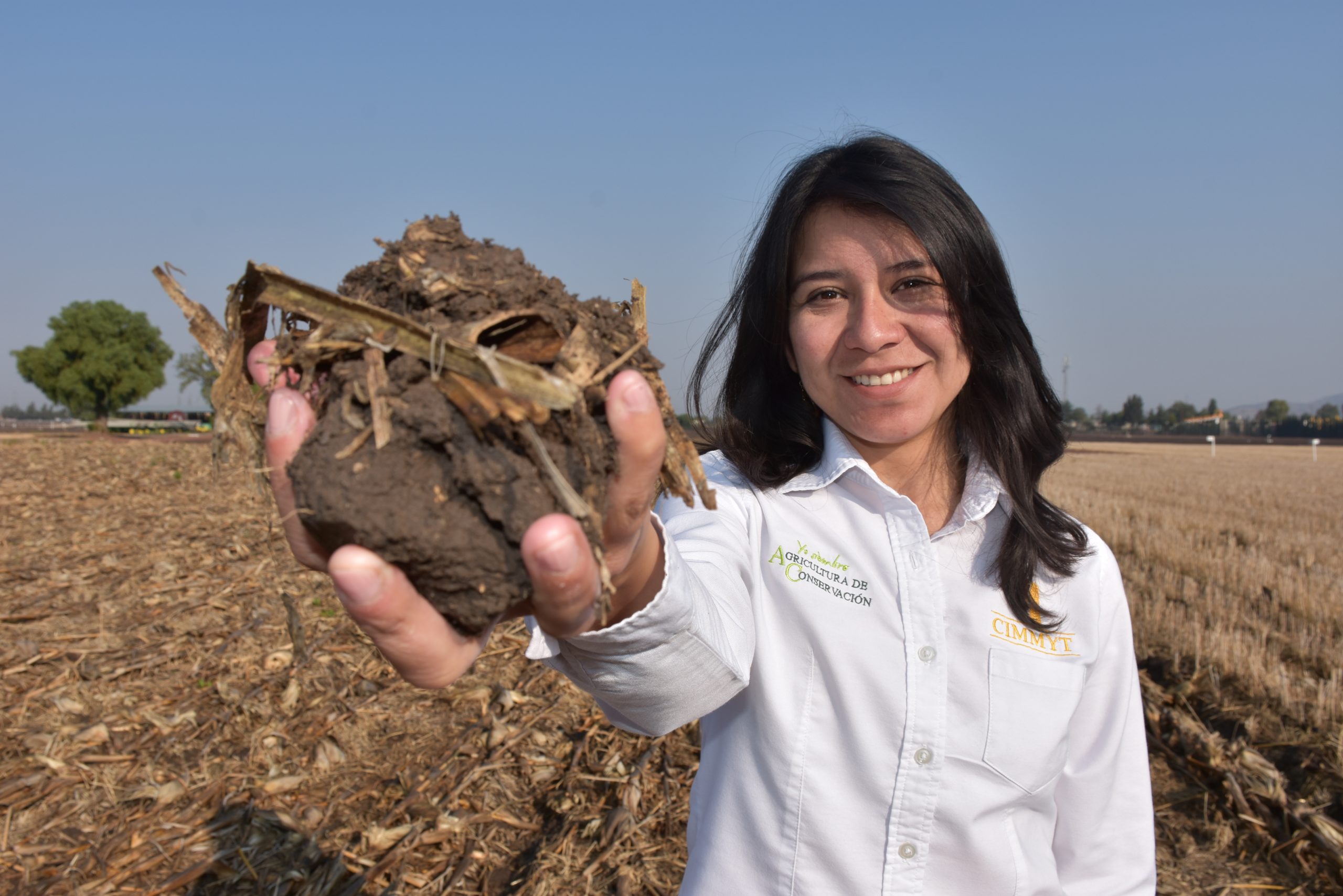
Lopez-Ridaura and colleagues published a 2021 analysis involving farmers who grew maize and sorghum and keep a few livestock on small landholdings (less than 4 hectares), with limited mechanization and irrigation, in the state of Guanajuato, Central Mexico.
They found that scenarios involving hybrid maize plus a legume crop with zero-tillage or keeping a residue mulch on the soil provided an average net profit of some US $1,600 (MXP 29,000) per year, in addition to ecological benefits, added forage, and more stable output under climate stress.
“Using a modeling framework from Australia’s Commonwealth Scientific and Industrial Research Organization (CSIRO) that combines bioeconomic simulation, risk analysis, adoption theory, and impact assessment, we not only confirmed the worth of conservation agriculture but found that disaggregating CA into smaller component packages and including a more productive crop and variety were likely to increase farmers’ adoption, in riskier settings.”
Advancing more sustainable farming in Mexico
Conservation agriculture can generate substantial economic and environmental benefits under marginal conditions, particularly by enhancing climate change resilience, increasing soil organic matter, and retaining soil moisture. In Central Mexico dryland maize yields rose by 38-48%, after 10 years of implementing CA.
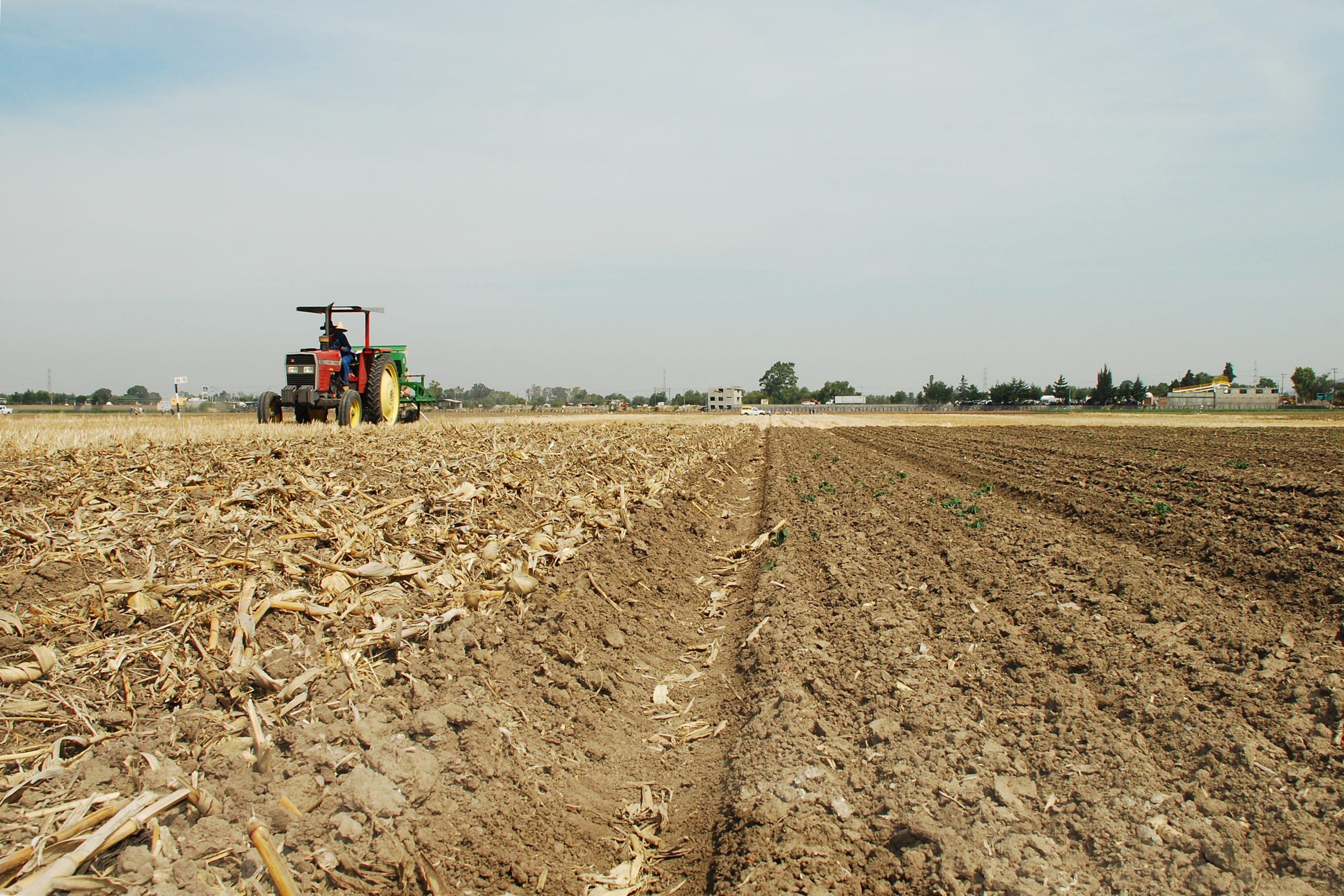
CIMMYT has studied and promoted zero-tillage for maize and other resource-conserving practices in Mexico for more than three decades, but efforts to spread sustainable farming and use of improved maize and wheat varieties redoubled thanks to MasAgro, a research initiative led by the Center and supported by the government of Mexico during 2010-21. Testimonials such abound of Mexican smallholder farmers who have adopted and benefited from CA practices through CIMMYT and national partners’ efforts in MasAgro and other initiatives.
- Looking to lower his farm costs without losing output, wheat and oil crop farmer Alfonso Romo of Valle de Mayo, state of Sonora, began practicing CA in 2010. “We’ve learned a lot and this year (2022) we obtained the same yields as we used to get through conventional practices but, following more sustainable farming methods, with a 30 and even 40% savings in fertilizer.”
- With CA practices he adopted in 2018 through MasAgro, maize farmer Rafael Jacobo of Salvatierra, state of Guanajuato, obtained a good crop despite the late dispersal of irrigation water. Seeing his success and that of other nearby farmers, neighbor Jorge Luis Rosillo began using CA techniques and has noticed yearly improvements in his soil and yields. “I did everything the technicians recommended: keeping the residues on the soil and renewing only the sowing line on soil beds…. There are lots of advantages but above all the (cost) savings in land preparation.”
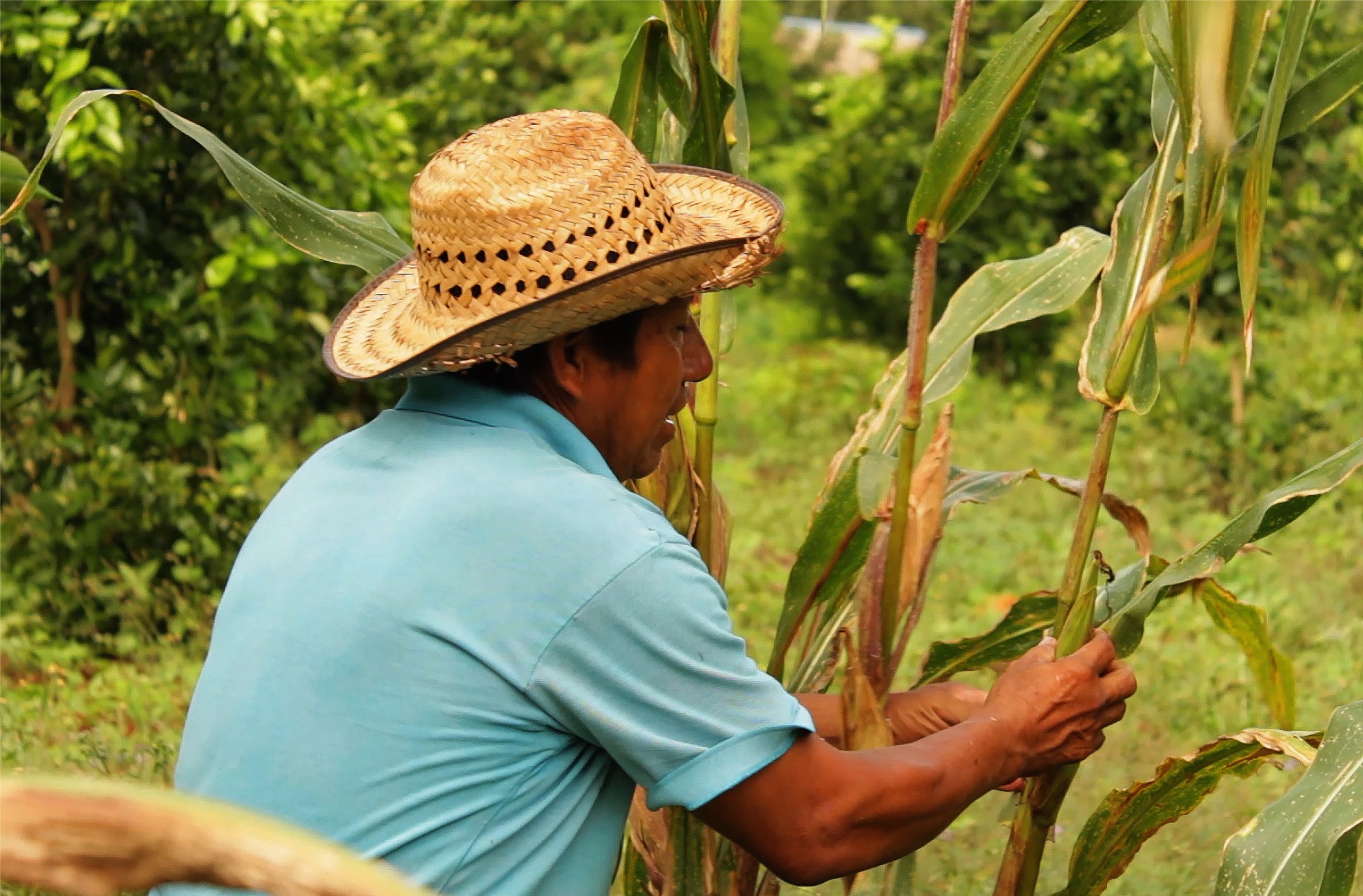
- Farmers in the Milpa Sustentable project in the Yucatán Peninsula have improved maize yields using locally adapted CA methods, in collaboration with the Autonomous University of Yucatán. Former project participant Viridiana Sei said she particularly liked the respectful knowledge sharing between farmers and project technicians.
- CA practices have allowed more than 320 women farmers in the Mixteca Region of the state of Oaxaca to provide more and better forage for the farm animals they depend on, despite drought conditions, through the Crop and Livestock Conservation Agriculture (CLCA) project supported by the International Fund for Agricultural Development (IFAD). According to farmer María Martínez Cruz, “… it hasn’t rained much and everything’s dry, but our verdant oat crop is allowing us to keep our farm animals fed.”
- With CLCA support and facing Mexico’s increasingly fickle rainy season, farmer Mario Guzmán Manuel of San Francisco Chindúa village in Oaxaca began using CA and says he’ll never go back to the old practices. “We used to do as many as two harrow plowings to break up the soil, but if we leave the residues from the previous crop, they hold in the soil moisture more effectively. People hang onto the old ways, preferring to burn crop residues, but we should understand that this practice only deprives the soil of its capacity to produce.”
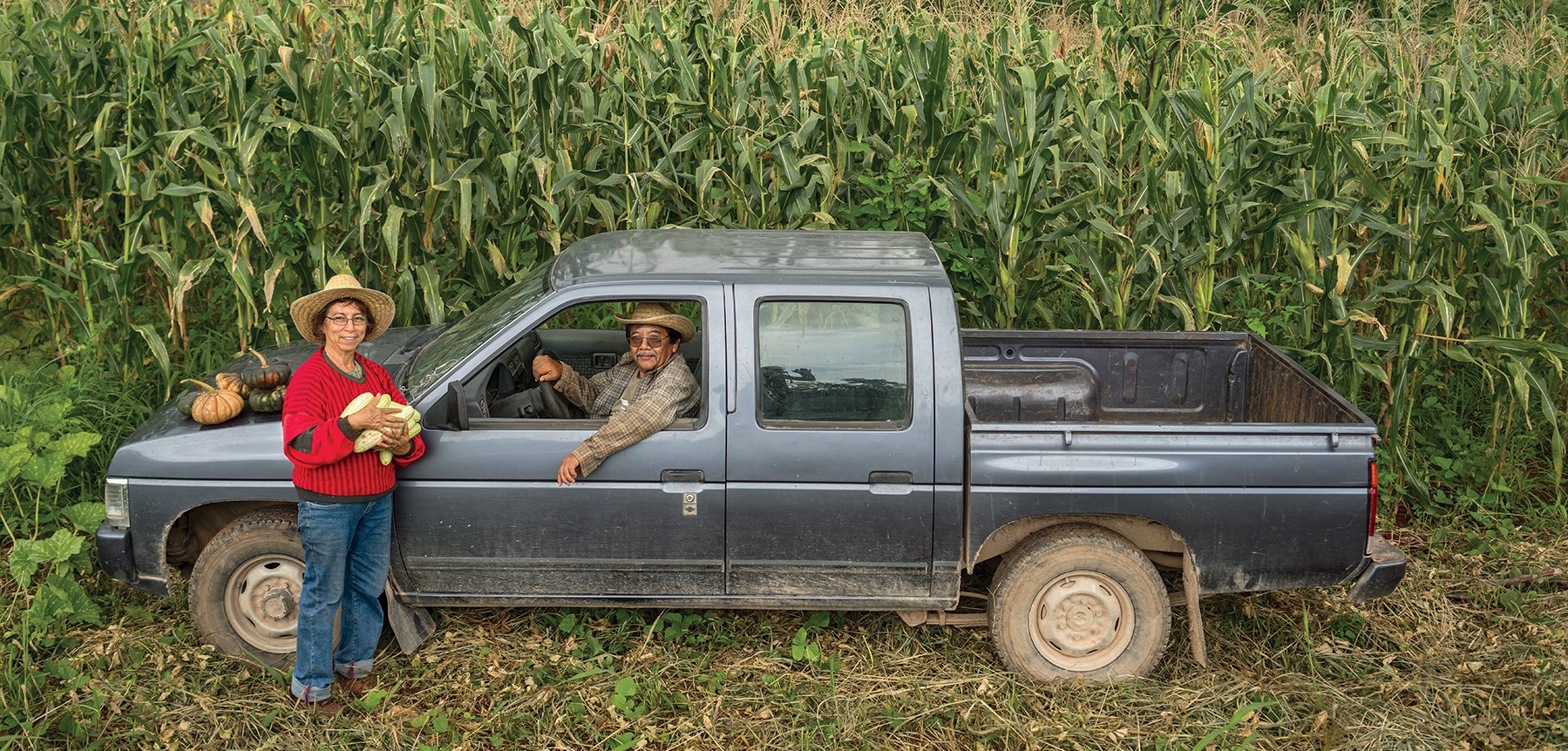
 Climate adaptation and mitigation
Climate adaptation and mitigation 